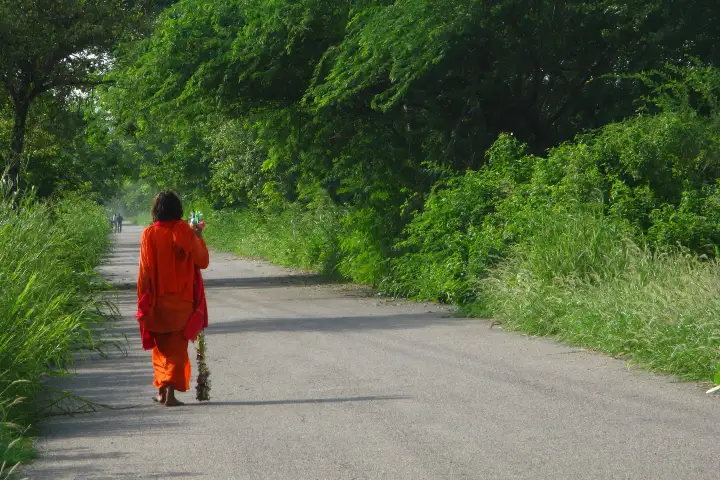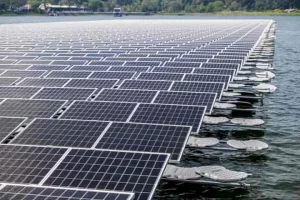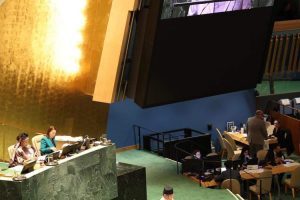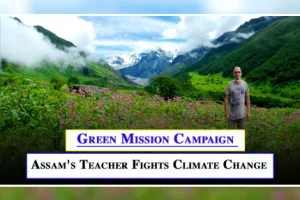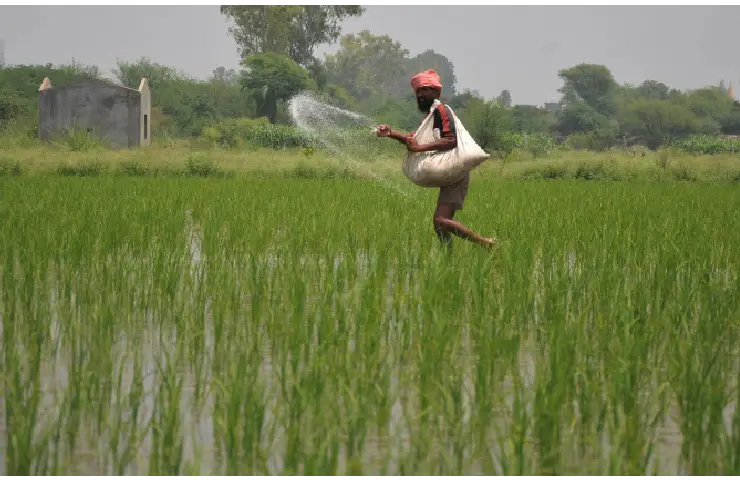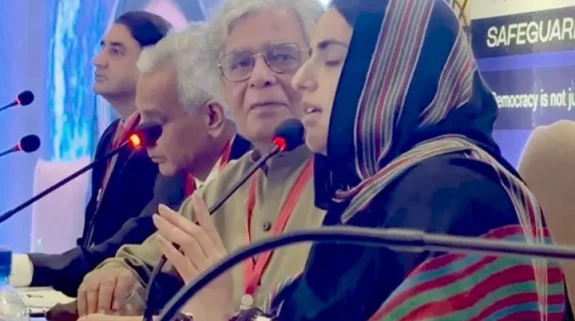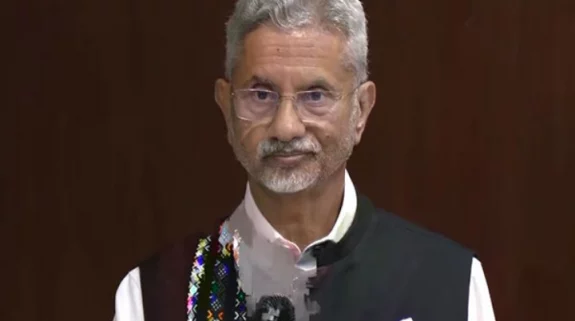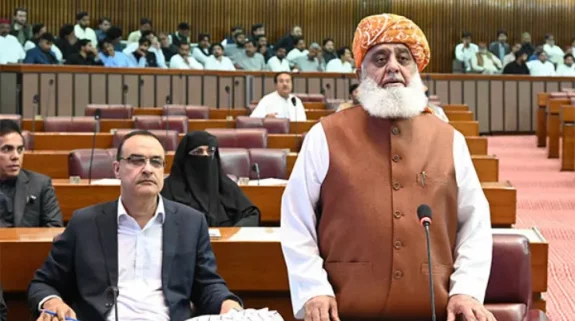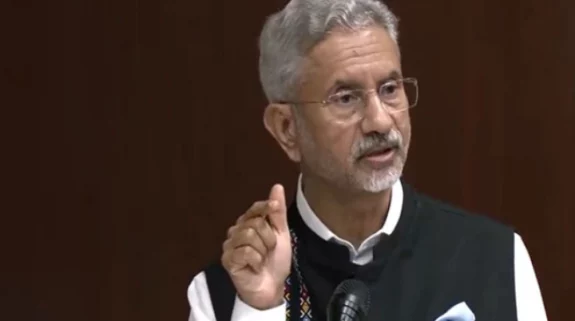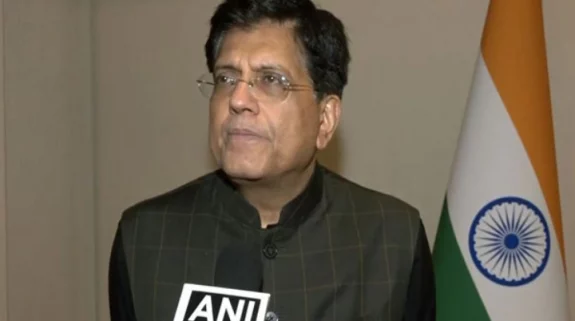India’s top environmental science practitioners say the world has to do more to prevent a climate catastrophe.
Chetan Singh Solanki, IITB professor, says that carbon dioxide once released into the atmosphere remains there for 300 years. Speaking at the Action for Restoring Environment (ARE) conference in Delhi, he said that each individual emits 200 kg of CO2 per month and this needs to be reduced.
Solanki said: “The climate has already changed. Because of the use of oil and gas, there is 50 per cent more carbon dioxide sitting in the atmosphere right now. It is a greenhouse gas (GHG) which will trap heat and that is going to warm the planet”.
The Action for Restoring Environment (ARE) conference.@AnjalPrakash says the ‘loss and damage’ at COP27 was a surprise but historical emitters have to pay up for today’s #ClimateChange crisis.#Solar #environment #rivers #forests #SoilHealth pic.twitter.com/p57fBNVRYC
— Rahul Kumar (@rahulkumarindia) November 24, 2022
Solanki, who is on a mission to promote solar energy across India, questioned whether all the effort and the promises are making a positive change.
“The question is whether we are taking enough action to restore the environment? The answer is no, absolutely not”. Solanki added that there has been the Paris Agreement, governments are working, the Nationally Determined Contributions (NDC) are being signed, thousands of NGOs are working and the academia is working. “The whole world is working to mitigate climate change yet the climate is worse than last year”, Solanki, who is also known as India’s solar man, said.
On a positive note, Dr Ajay Mathur, Director General, Indian Solar Alliance (ISA) said that in the Glasgow climate change summit, 85 countries and 8,000 companies had committed to achieving Net Zero. He added that nearly 600 financial institutions also promised to finance projects that are environmentally friendly. He stressed that the two COPs showed that people are ready to make efforts towards a better climate.
Highlighting how climate change is impacting people, he said there is a large quantity of rain on a few days while the number of dry days also is increasing which effectively means that both floods and droughts are happening simultaneously.
Mathur added that besides the increasing use of solar energy, ecological restoration has to become a part of action. He added that solar health centres are being set up in cyclone affected areas to check their resilience in various parts of the world. Similarly, solar panels are being installed along with certain types of plantations that attract bees to make communities sustainable.
Dr Anjal Prakash, Research Director and adjunct associate professor at the Bharti Institute of Public Policy, Indian School of Business, said that one of the biggest myths debated at the COP27 was “the myth of endless adaptation. It is not enough. We need to mitigate, mitigate and mitigate. Our potential to adapt has limits”, he said, adding that COP27 discussed ten major advancements in climate science.
Prakash added that if the world continues to live the way it is now, things will become worse by 2050. “Nearly 1.6 billion people live in vulnerability hotspots. This will double by 2050 exacerbating problems for large populations”, adding that in Nepal entire river regimes are dying in the Himalayas.
He added that diseases are rising as the impact of climate change on the health of people, animals and ecosystems is severe. Pressures of living on rural populations due to climate change impacts are forcing many people to migrate to cities as that is the only way for them to survive.
To come out of the cycle of climate change crisis, Prakash said that the current system–which is about polluting, finding solutions and then implementing those–needs to change. He said that the growth India is seeking will have to come from inclusive decision-making for climate resilient development.
Also Read: Heatwave, low rains play havoc with China’s economy






